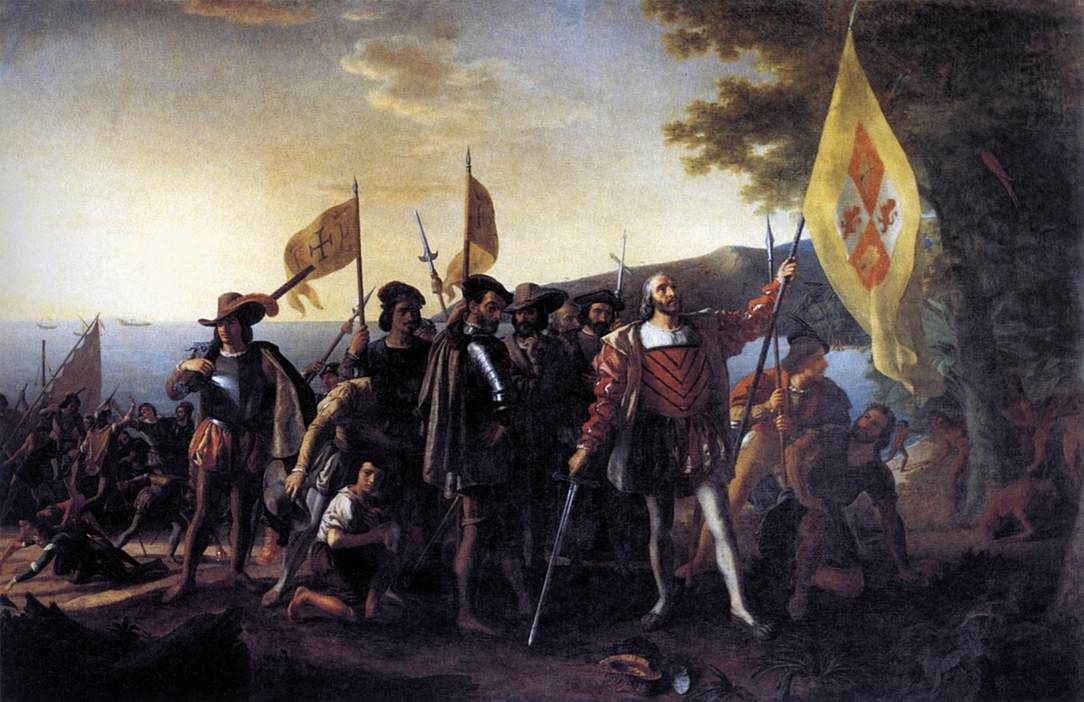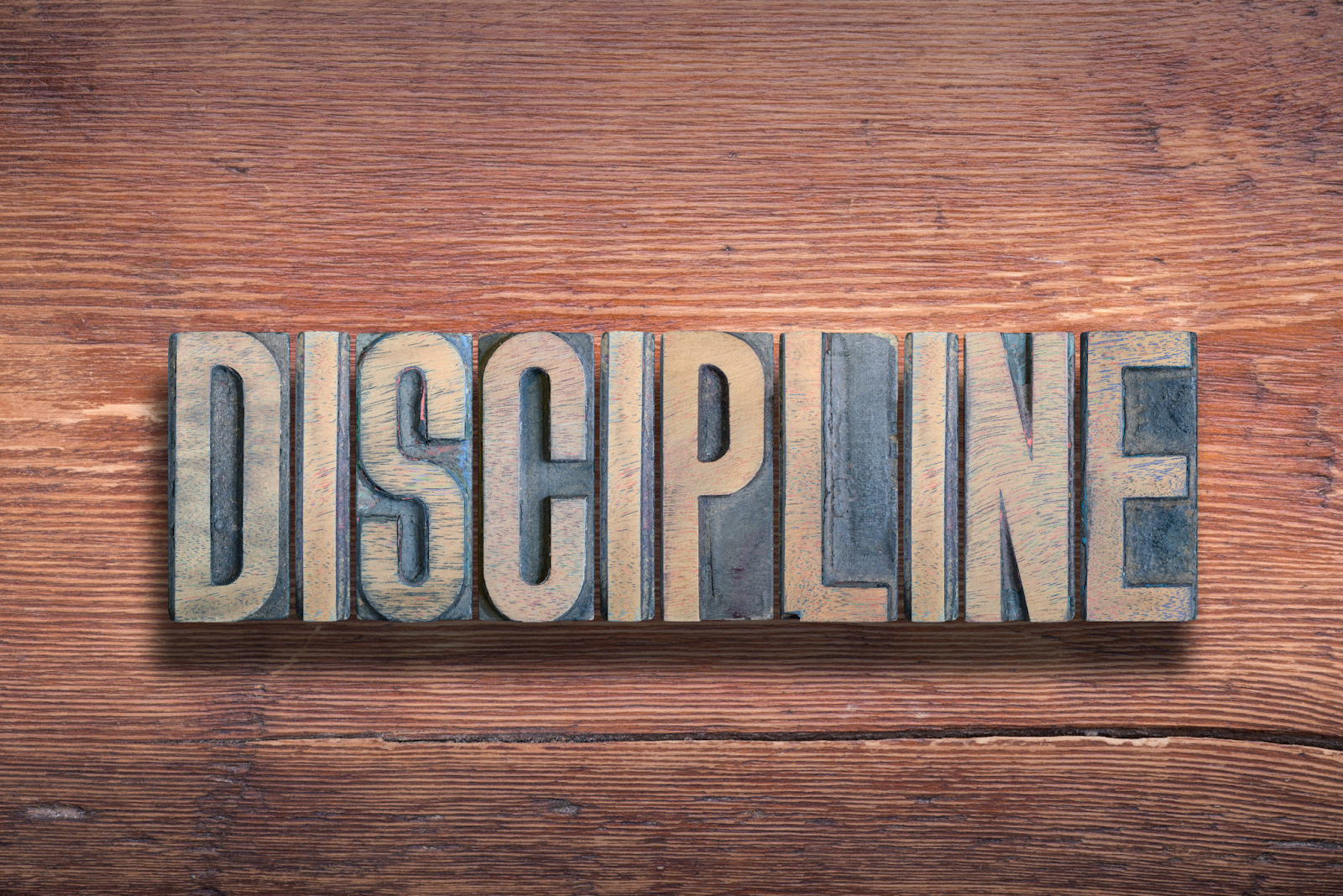The Renaissance and Reformation

PERIODIZATION OF HISTORY
History is divided into three periods: ancient, medieval and modern.
Each period has some characteristics: political, economic and social, that differentiates it from other periods.
This classification is useful due to the following reasons:
- to bring a sense of order and continuity.
- put the past into perspective.
- to see the turning points and transition periods.
- for understanding, clarity and chronology.
In India, the modern age started in the mid-18th century. The major turning point in India's transition is the conquest of India by the British.

The Battle of Plassey
Characteristic features of the modern age:
- urbanization
- democratic institutions
- rationalism
- industrialization
- technological advancement
- fundamental civil liberties
- humanism
THE RENAISSANCE (1300-1600)
- It is a French word.
- It means rebirth or revival.
- The expansion of trade, the voyages of discovery by Italian merchants, their interaction with various societies and their wealth and prosperity were all important factors that contributed to the beginning of the Renaissance.
THE CAPTURE OF CONSTANTINOPLE (1453)
Constantinople was the capital of the Byzantine Empire (Eastern Roman Empire).
A painting showing the capture of Constantinople by the Ottoman Turks in 1453
A large number of Greek scholars fled from Constantinople (a great center of classical Greek and Roman learning) to Italy with rare manuscripts. These scholars were patronized and encouraged by the rulers, the scholars and the rich Italian merchants of Rome, Florence, Milan and Venice. Libraries were set up and universities were established to promote classical and modern thinking.
The Renaissance (or revival of classical Graeco-Roman learning) was the revolt against the Church and their kings. They refused to believe the superstitions imposed upon them by the Church and the scholars and thinkers promoted rationalism and humanism.
The spirit of the Renaissance period found expression in every aspect of human life. This period saw a great outburst of creativity and brilliance.
IMPORTANT DISCOVERIES
- In the 15th century, a Portuguese prince, Henry the Navigator, sent out several expeditions to explore the West Coast of Africa.
- In 1488, an expedition led by Bartholomew Diaz reached the southern tip of the African continent.
- This later came to be known as the Cape of Good Hope.
- In 1492, Christopher Columbus, an Italian sailor living in Spain, sailed westwards from Europe with the aid of the king and the queen of Spain.
- In 2 months, he landed on the Caribbean Islands of Central America.
- He believed he had found a route to the East. Little did he know that he had actually discovered America, a new continent.

A painting showing European explorers discovering new land (America)
REFORMATION
The Reformation was a protest movement against the authoritarianism and evil practices of the Roman Catholic Church. It was a revolt against its orthodoxy, conservatism and blind faith which were stifling and regressive. It was also known as the Protestant Movement.
CAUSES:
- Renaissance
- Evil Practices of the Roman Catholic Church
- Writings of Eminent Scholars
- Rise of Strong Rulers
- Rise of National Consciousness

Martin Luther
Picture credits: Bing





Most of the information that you wrote I never knew. Great post.
ReplyDeleteWell explained 👌
ReplyDeleteExcellent information!!
ReplyDeleteThis is some very interesting history :D
ReplyDelete